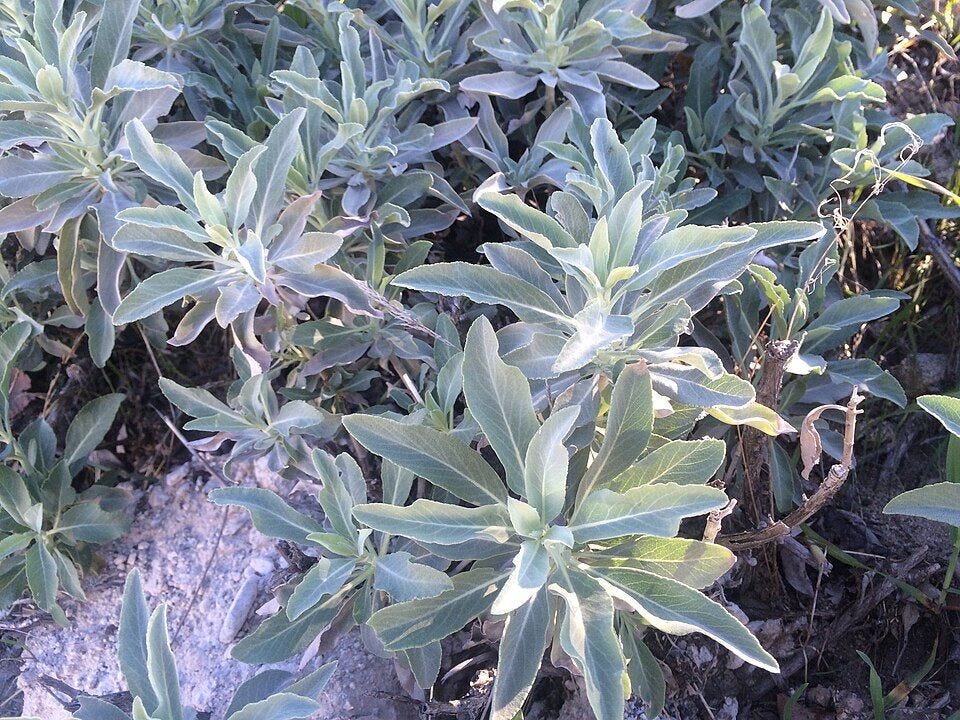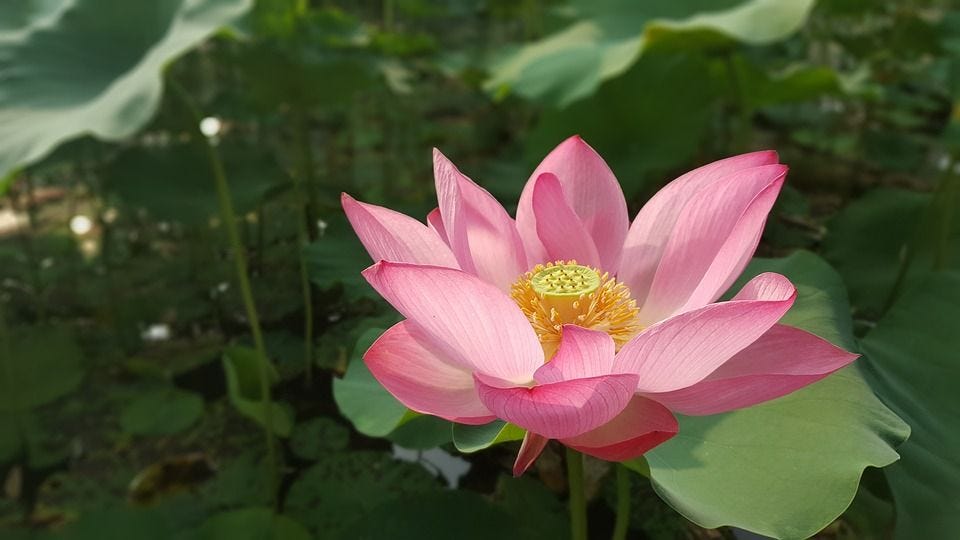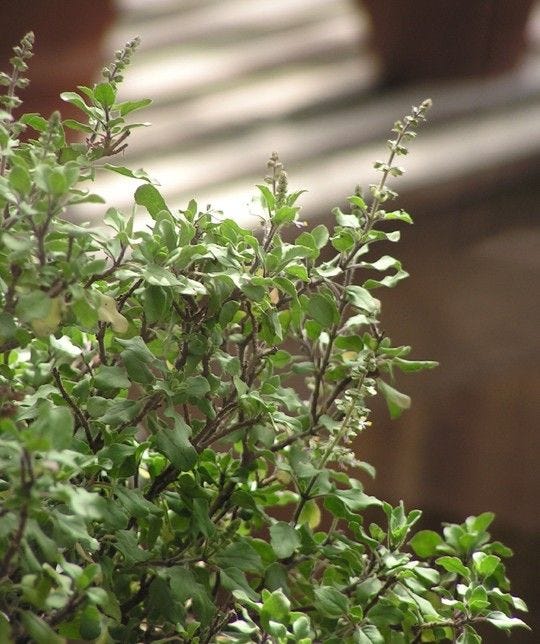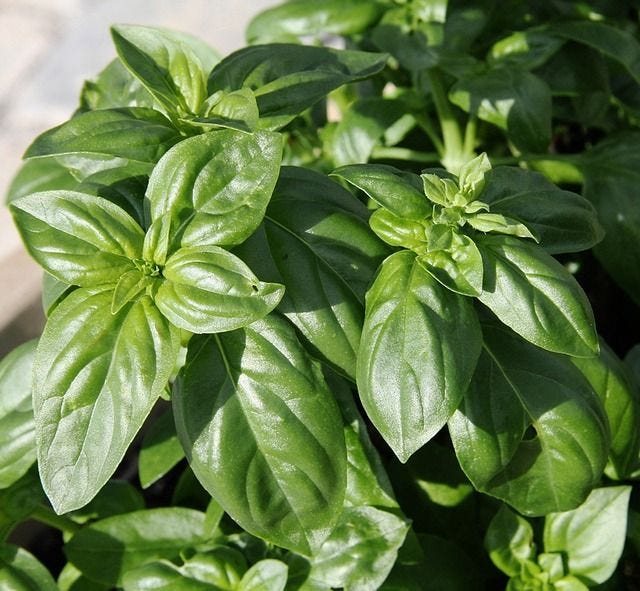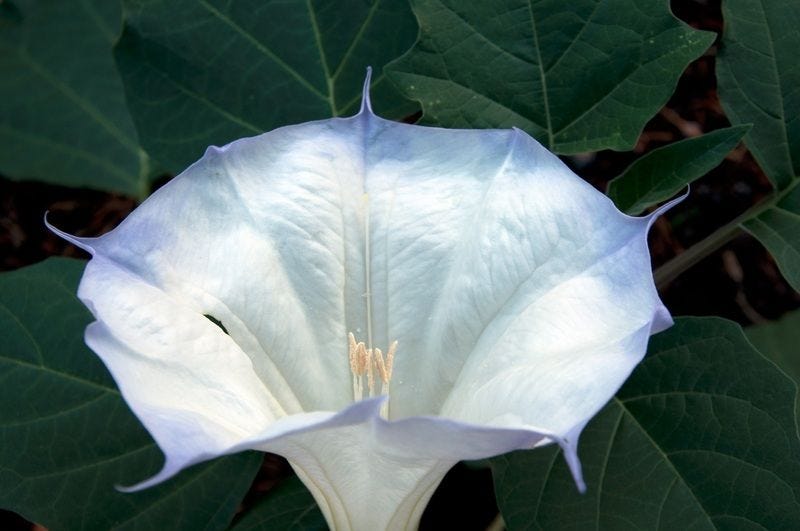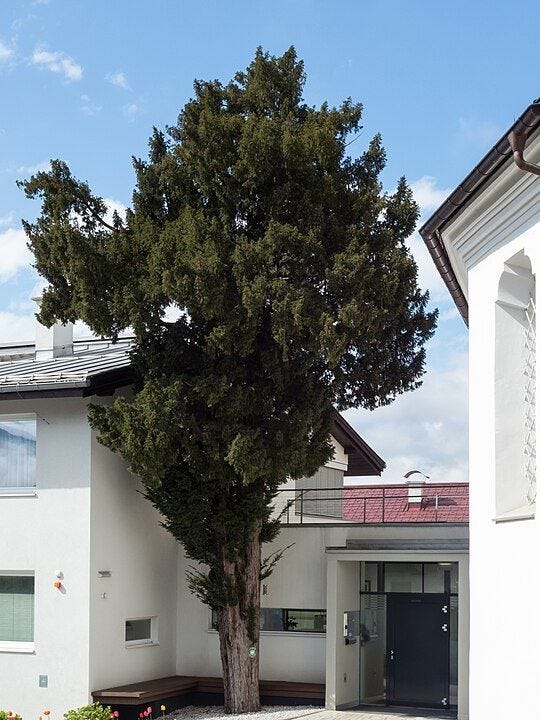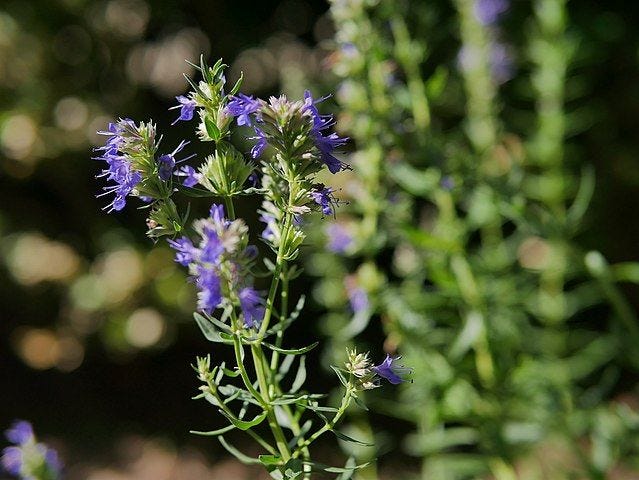10 of the most Spiritual Garden Plants
Some common garden plants can be highly symbolic, and with deep spiritual meaning.
Many cultures around the world have given plants great spiritual meaning. Here are 10 of the most common garden plants that have spiritual qualities. Try planting these to receive their spiritual benefits and make them a conservation starter for visitors to your garden.
White Sage (Salvia apiana)
White Sage is native to California and Baja California and is a sacred plant for Native American tribes in that area. Considered to have cleansing qualities, this plant has long been used by Native Americans for medicinal and ceremonial purposes. The most well-known ceremonial use is as a "smudge stick", where leaves of the plant are bundled together and burned like incense. Native Americans have long used this in purification ceremonies, and it has been adopted by neo-pagans in the modern era who use it to expel negative energy from a space.
The use of this plant by modern belief systems has led to a large increase in demand for white sage leaves, and over-harvesting has created conservation concerns. If you want to purchase white sage for smudging, please make sure it is coming from a sustainable source, or grow your own. By doing so, you will be contributing to the preservation of this sacred plant.
Vervain (Verbena officinalis)
Common Vervain, also known as Verbena, has not been a traditionally popular garden plant but is seeing a new increase in usage due to the rising popularity of wild gardens. Since Ancient times, Vervain has been held in high regard and associated with divine and spiritual forces. Ancient Egyptians called the plant "Hera's Tears", after the goddess Hera. Celtic Druids also revered the plant for having magical properties and it is considered to attract positive energy wherever it is planted.
Poppy (Papaver somniferum)
The Poppy has been revered for a long time by many cultures due to the healing properties of the opium found in the somniferum species. Evidence of its collection and use dates back to the ancient Mesopotamian civilization around 3400 BCE.
In Greek mythology, the goddess of agriculture, Demeter, was given a poppy plant by Morpheus to ease her grief and suffering over the loss of her daughter Persephone, who was abducted by Hades, the god of the Underworld.
Lotus (Nelumbo nucifera)
In Indian culture, the Lotus holds the prestigious title of being the national flower and is frequently portrayed as a seat for Hindu gods. Similarly, the revered figure of Buddha is often depicted in a seated position on this sacred flower due to its symbolic significance.
The Lotus flower has symbolic meanings in many cultures but is generally considered a symbol of purity, rebirth, and strength. A lot of this symbology is derived from the way Lotus plants grow. Growing from muddy waters to produce a clean and fragrant flower above the murky depths. In Buddhism, the Lotus growth is seen as a representation of life. The mud represents the suffering and challenges of life, and the flower is seen as overcoming the obstacles to attain purity on the path to true enlightenment.
Holy Basil (Ocimum tenuiflorum)
Holy Basil is not a commonly used garden plant outside of its native range in the Asian Tropics, but I have included this to clear up the misunderstanding that Sweet Basil is the very sacred Basil plant. While Sweet Basil does have some religious symbolism (see below), Holy Basil is revered by Hindu culture where it is known as "Tulsi". According to Hindu beliefs, Holy Basil is the earthly manifestation of the Goddess Tulsi and is considered the holiest of all plants. Tulsi is traditionally planted in or near Hindu residences in a special pot called a Tulsi Vrindavan, which acts as a small shrine for worship. A person who waters and cares for the plant daily is believed to gain "moksha" (salvation) and the divine grace of Vishnu, even if they do not worship it.
In addition to its religious significance, Holy Basil is considered an important medicinal herb and takes a special place in Ayurveda, a traditional Indian medicine system. In Ayurveda, Holy Basil is considered an "Elixir for Life" that has anti-aging effects and is used to treat many different ailments. Modern scientific studies have shown that the plant can assist in normalizing glucose and blood pressure, and also in treating psychological and immunological stress.
Sweet Basil (Ocimum basilicum)
While not as significantly sacred as Holy Basil, Sweet Basil's sacred quality is often confused with Holy Basil. While Sweet Bail is not revered as strongly as Holy Basil it does have some religious symbolism in the Orthodox Christian Faith.
Orthodox Christians believe the herb sprung up where Jesus's blood fell near his tomb and since then basil has been associated with the worship of the cross. Orthodox priests use basil to establish and purify holy water for holy communion. During congregation, a cross adorned with aromatic bouquets of Basil is carried around and small bunches are given to attendees. Many church-goers immerse their bunches in water to grow roots, thus enabling them to replant the basil as a cherished blessing within their own home.
Sacred Datura (Datura wrightii)
Sacred Datura is a plant that has been considered a weed in the past, but is now gaining popularity with Native Gardeners, and is often found in Native gardens in California. Sacred Datura is native to Northern Mexico and South-West USA, and has been revered as a sacred herb by indigenous peoples of this area. Momoy is the Chumash people's Goddess of the Datura flower and it is said that if you drink her bathwater (a tea made from Datura), you will be granted visions and wisdom. The Momoy drink was given to young Chumash boys as a rite of passage, and some did not survive after partaking in the ritual. The plant is very toxic; mild doses can cause hallucinogens and can be fatal when consumed in large quantities.
Jasmine (Jasminum officinale)
Jasmine is a highly prized plant for gardeners because of its wonderfully scented flowers. Common Jasmine (J. officinale) is one of the oldest known plants to be cultivated in Gardens with records of its use in ancient Greece and Egypt. It later became popular with the Kings of Afghanistan and Persia and gained a sacred status in the Muslim world.
Jasmine symbolizes health and healing in Islam. In the Quran, a messenger of Allah says, “There is no oil more beneficial for the body than oil of jasmine. In it are numerous benefits and healing for seventy illnesses.”
Jasmine also symbolizes purity in Buddhism, with ancient murals in India depicting princesses wearing tiaras made of jasmine.
Hinduism also reveres Jasmine, where it is associated with love and spiritual ascension. Hindus decorate statues of their gods with Jasmine garlands and it is also found planted in temple grounds. Jasmine garlands are also used in Hawaii and the Philippines as a gesture of hospitality to visitors. Across all cultures that revere Jasmine, it is considered to be a plant that can clear a space of negative energy. The fragrance alone is enough to lift anyone's spirits.
Common Yew (Taxus baccata)
Yew trees have had a long association with eternal life and rebirth. This is due to their longevity, with an average lifespan of 600 years; and also due to the ability of older specimens to root from drooping branches and form new trunks. In Western Europe, ancient Yew trees are a common feature in cemeteries, where they are believed to protect and purify the dead.
Hyssop (Hyssopus officinalis)
Hyssop is one of the most frequently mentioned plants in the bible, where it symbolizes cleanliness, and is used to cleanse the body of sin. Since biblical times, Hyssop has been used as a traditional medicine for treating many ailments and modern research has shown that it has strong antioxidant and anti-inflammatory properties. When used as incense, Hyssop is said to be able to banish evil spirits and promote feelings of relaxation. The fragrance from the plant itself is considered to be enough to cleanse the air of impurities and many people grow it at home for this reason.





